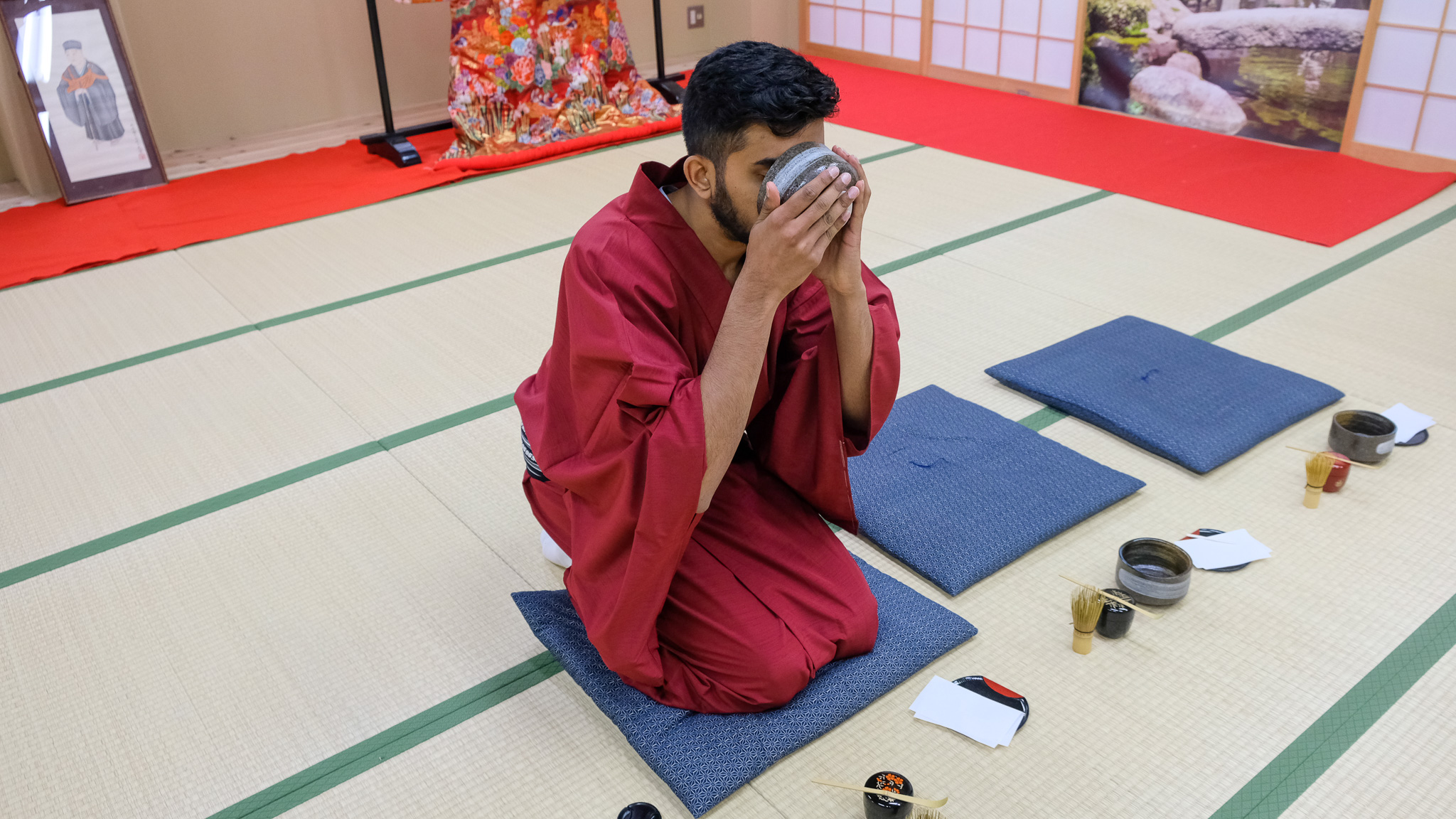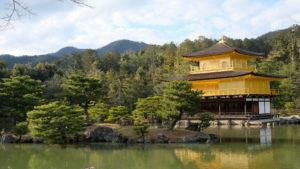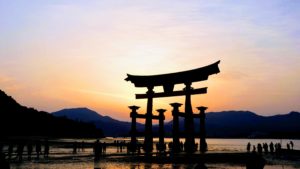So often, it is the unexpected travel experiences that leave the biggest impact on us; This was the case for me when visiting Japan. I never expected the tea ceremony I signed up for in Kyoto to have such a profound impact on the way I live my life today, but many years later, it still stands out as of the best things I did in the country.
What is a Japanese Tea Ceremony?
A Japanese tea ceremony highlights the ceremonial process of creating matcha powdered green tea. While tea-making may seem simple on the surface, the tea is made in a very particular and regimented manner. The ceremony is led by an expert in the tea-making process, known as a Tea Master.
What Happens In a Typical Tea Ceremony Experience?
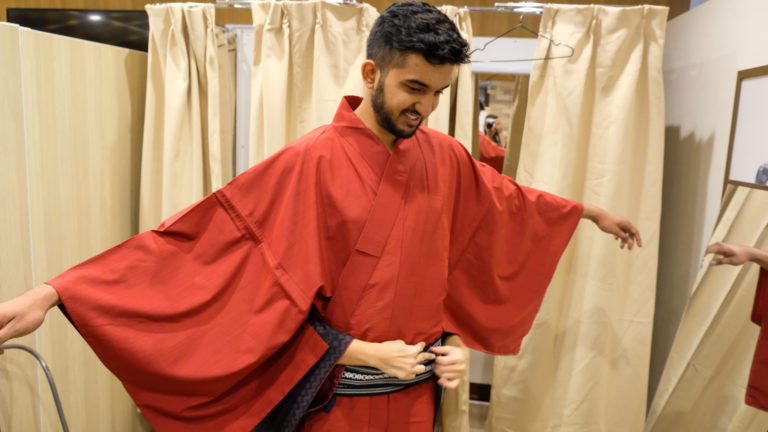
The ceremony room only hosts a few people at a time, and guests will typically sit on a traditional tatami mat floor dressed in a kimono (optional). Standard practice is to sit on your knees, however, this is not required if you are uncomfortable.
The experience starts with the exchange of a respectful bow to everyone in the room. The host will then explain some of the history of tea In Japan and why the country’s citizens take pride in enjoying both preparing and drinking tea. The experience continues with the main activity, which is, of course, preparing the tea. Each step in the team-making process is demonstrated and completed in an orderly fashion. As you complete each step, you are encouraged to focus your attention on the present moment to appreciate the sights, sounds, and smells of the experience. Finally, the experience ends with the enjoyment of your green matcha tea (slurping at the end is encouraged!).
Where Should I Experience a Tea Ceremony?
A simple google search for tea ceremonies in Japan will present lots of different options across the county. I can only speak for the experience I tried, which was Kimono Tea Ceremony Maikoya, located in Kyoto. The center is highly rated and for good reason. The center was informative, professional, and provided a peaceful setting for the experience. I highly recommend booking here if you plan to visit Kyoto.
How Long Will it Last?
Typically, a tea ceremony experience will last around an hour.
How Much Will it Cost?
Prices can vary but typically around $30-$50 per person
Why is the Experience Worth it?
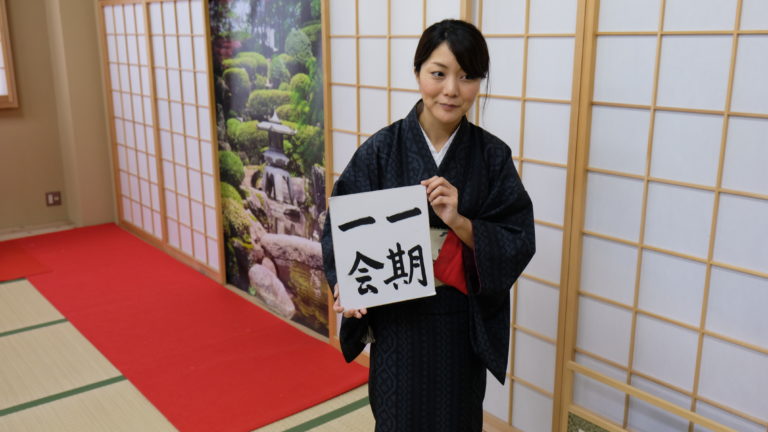
What is so moving about a Japanese tea ceremony experience is the mindful state that exists during the entire process. Every action, from the entrance into the room to the pouring of the powder, to the whisking of the matcha, to even the slurping of the tea, is done slowly, methodically, and with great attention and focus. Never in my life have I paid such close attention to the sights, sounds, and smells produced by my actions.
While I knew the Japanese tea ceremony would be a great historical and cultural experience (and it was), I never anticipated the life lessons that I would end up walking away with. The way the tea master guided us through each step and brought our attention to every detail that we were experiencing brought out a sense of appreciation and awareness that we typically don’t experience when creating or consuming food/drinks.
The ceremony taught me that being mindful of the process results in a greater appreciation of the outcome. The tea wasn’t the best-tasting thing I had ever tried, yet it still holds such a vivid memory in my brain. Ever since I partook in this experience, I have realized the importance of mindfulness in life. There is so much to appreciate in every single one of our daily actions, we often are just too distracted to see it. Participating in a Japanese tea ceremony highlighted the beauty and simplicity that can exist in everyday life simply by being mindful.
